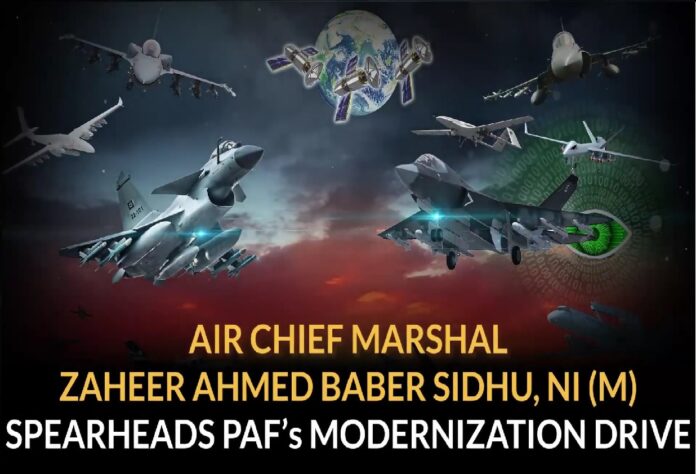(News Trust of India) : Reports indicating the Pakistan Air Force’s (PAF) acquisition of the YLC-8E anti-stealth radar system from China have sent ripples through the South Asian strategic landscape. This long-range UHF band radar boasts a reported detection range exceeding 500 kilometers, potentially posing a challenge to stealth aircraft like the F-22 and F-35 that are optimized to deflect lower frequency radar waves.
However, the effectiveness of the YLC-8E against these advanced jets remains a topic of debate. Stealth technology goes beyond just radar signature reduction, encompassing aspects like heat signature management and careful flight path planning. Additionally, the full technical specifications of the YLC-8E remain under wraps, leaving some uncertainty about its actual capabilities.
Further complicating the picture is the rumored acquisition of 100 J-31 fighter jets by the PAF. This fifth-generation aircraft, also developed by China, would undoubtedly modernize Pakistan’s airpower. While details regarding the J-31’s exact capabilities are still emerging, it is expected to be a significant upgrade over current PAF aircraft and a formidable opponent for the Indian Air Force’s (IAF) existing fleet.
However, it’s crucial to analyze these developments within a broader context. Modern air warfare is not simply a contest of individual platforms; it hinges on a complex interplay between integrated air defense networks, advanced weaponry, and highly trained personnel. The IAF, for its part, possesses a well-established air defense infrastructure that includes the Erieye AWACS (Airborne Warning and Control System) – a powerful tool for long-range threat detection and surveillance.
While the YLC-8E and J-31 acquisitions, if confirmed, represent a potential shift in the regional aerial balance of power, their actual impact depends on various factors. Continued development of counter-stealth tactics by both air forces and the successful integration of these new acquisitions with existing infrastructure will be critical determinants.
Furthermore, factors beyond pure military hardware capabilities need to be considered. Geopolitical dynamics, training exercises, and real-world pilot experience will all play a role in shaping the aerial landscape of the region. The importance of diplomacy and strategic communication between the involved nations cannot be overstated.
Ultimately, assessing the true extent of these acquisitions’ impact requires close attention to further developments and official statements from both sides. This is a complex issue with no easy answers, and continued monitoring of the situation is essential.


